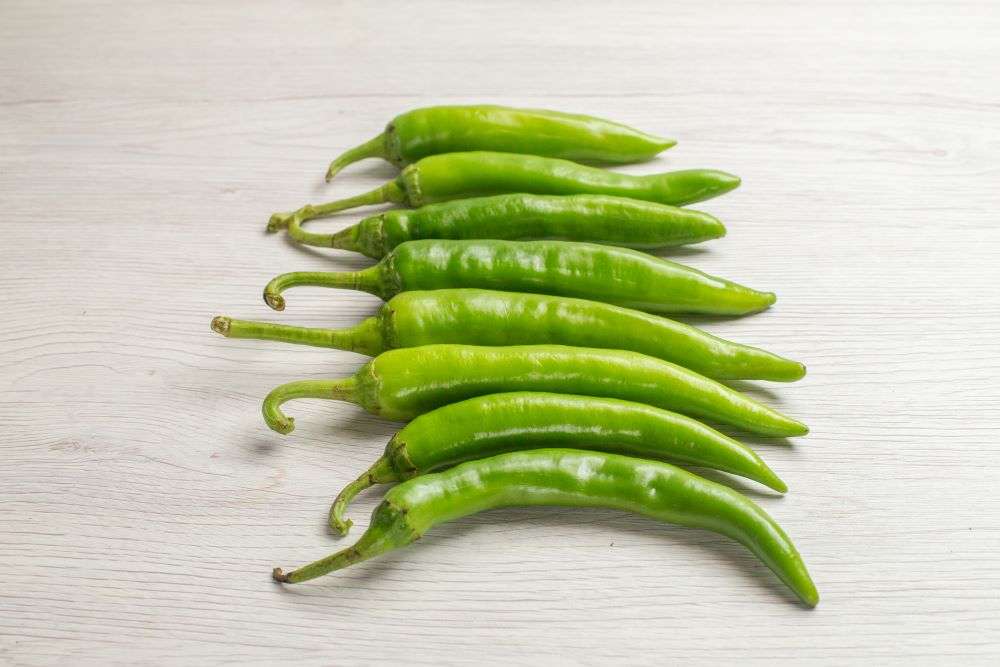Introduction:
As a prominent player in the Indian food export industry, Indo Foods Export is dedicated to sourcing and exporting premium-quality agricultural products, including grapes, from the fertile lands of India to global markets. In this blog post, we delve into the dynamic food industry insights for grapes in India, shedding light on the market trends, production landscape, and export potential for this popular fruit variety.
1. Market Trends for Indian Grapes:
The Indian grape industry has witnessed a remarkable upward trajectory, with an increasing demand for Indian grapes in international markets. This surge in demand can be attributed to the superior quality, unique flavor profiles, and adherence to international food safety standards, positioning Indian grapes as a favored choice among global consumers.
2. Production Landscape and Varietal Diversity:
India’s diverse agro-climatic conditions have fostered the cultivation of an array of grape varieties, ranging from the globally acclaimed Thompson Seedless to the indigenous Black Grapes. The strategic cultivation practices and technological advancements in grape farming have contributed to a consistent and high-quality grape production in India.
3. Export Potential and Market Penetration:
The export potential for Indian grapes has expanded significantly, with key markets in Europe, the Middle East/Gulf region, and beyond showing a growing appetite for these delectable fruits. Indo Foods Export is at the forefront of leveraging this export potential, ensuring the seamless delivery of premium Indian grapes to discerning consumers worldwide.
4. Quality Assurance and Sustainability:
The Indian grape industry places a strong emphasis on quality assurance and sustainable agricultural practices. Indo Foods Export aligns with this ethos, ensuring that the grapes sourced for export meet stringent quality standards and are cultivated in an environmentally sustainable manner, resonating with the evolving preferences of global consumers.
In conclusion, Amidst the evolving landscape of the global food industry, the insights into the grape industry in India unveil a promising future for Indo Foods Export and the export of Indian grapes. Stay connected with us for further insights and updates on the dynamic food industry trends for grapes in India.
Frequently Asked Questions:
Indo Foods Export stays abreast of the latest grape industry trends in India. Our team continuously analyzes market dynamics, consumer preferences, and technological advancements to adapt our strategies. We proactively align our practices with emerging trends to provide the best products to our customers.
Quality is paramount for us. From vineyards to market, Indo Foods Export implements rigorous quality control measures. Our approach involves careful harvesting, state-of-the-art processing, and efficient logistics to ensure that our grape products maintain their freshness and flavor throughout the supply chain.
Certainly. Indo Foods Export closely monitors the challenges and opportunities within the grape industry. We recognize factors such as climate variability, market demand fluctuations, and global competition. Our adaptive strategies capitalize on opportunities while addressing challenges to maintain a resilient and successful presence in the industry.
Sustainability is a priority for us. Indo Foods Export promotes sustainable practices within the grape industry by collaborating with farmers who follow eco-friendly cultivation methods. We focus on resource efficiency, biodiversity preservation, and community empowerment, ensuring a balance between economic viability and environmental responsibility.





